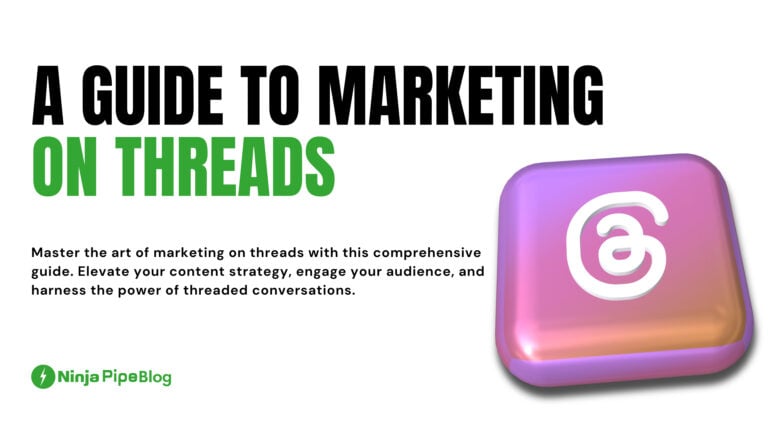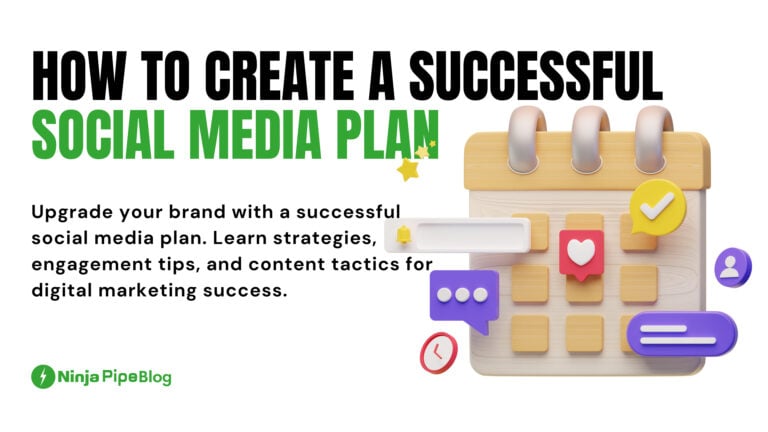Craft a powerful content marketing plan in 10 simple steps. Upgrade your brand, engage your audience, and achieve marketing success with strategic content creation.
Introduction:
In the ever-evolving realm of digital marketing, content marketing emerges as a dynamic force capable of influencing every stage of the customer journey. While many marketers deploy landing pages, blogs, and social media copy, the true power of content marketing lies in its strategic, multifaceted approach. In this guide, we’ll delve into the essence of content marketing, exploring ten pivotal steps to help you craft a successful plan that resonates with your audience.
Building a Content Marketing Plan in 10 Steps:
What is Content Marketing?
Content marketing is not just about creating and distributing content; it’s a strategic approach aimed at delivering value to your audience. Mischa McInerney, Chief Marketing Officer at the Digital Marketing Institute, succinctly describes it: “It’s to attract and engage a target audience and provide information, entertainment, or utility. It’s not a sales message.” Let’s now unfold the ten steps to develop a robust content marketing plan.
1. Set Objectives:
Define clear objectives that align with every stage of the marketing funnel. From growing brand reach and engagement to fostering advocacy, establish Key Performance Indicators (KPIs) relevant to your business. Keep it simple, focusing on a couple of objectives for each stage.
2. Understand Your Audience:
Before crafting content, delve into understanding your audience. Construct target buyer personas using data from tools like Google Analytics (GA4). Identify demographics, interests, and need states, which could be emotive, social, or logical. This foundation enables the creation of content that resonates deeply.
3. Be Relevant:
Relevance is the sweet spot in your content plan, aligning what you want to convey with what your audience desires. Utilize methods such as keyword research, social listening, SEO leverage, and competitor tracking to ensure your content addresses audience needs.
4. Use the Content Marketing Funnel:
Visualize the customer journey with the McKinsey model, emphasizing different channels and content at each stage. From building brand reach to increasing upsells post-purchase, tailor your content to guide and engage consumers effectively.
5. Establish Your Content Pillars:
Define key business pillars, balancing brand and commercial drivers. Limit these pillars to a manageable number, ensuring all content aligns with them. This strategic approach enhances relevance, authority, and key metric improvements.
6. Develop a Push-and-Pull Approach:
Combine the push-and-pull tactic to communicate effectively with consumers. While pushing your brand through social media and promotions, pull users to your website through SEO optimization and referrals. Strike a balance to avoid overwhelming potential customers.
7. Use a Hub-and-Spoke Model:
Implement a hub-and-spoke model to generate content around a central theme. This focused approach helps increase keyword rankings, traffic, and crucial metrics. Identify four key business pillars, blending thought leadership with commercial aspects.
8. Create Data-Capture Content:
Promote content that encourages data capture on high-performing pages. From ebooks to webinars, ensure the offered content adds value. This fair value exchange establishes a connection with your audience and aids in building a comprehensive database.
9. Amplify Your Brand Using Advocates:
Harness the power of advocates, including influencers, loyal customers, and referrals. Micro-influencers and satisfied customers can be potent advocates, fostering authenticity. Identify your top ten engaging individuals and leverage social media listening tools to pinpoint influencers.
10. Set KPIs and Measure Success:
Essential to any content marketing strategy is the establishment of Key Performance Indicators (KPIs). Track metrics such as website traffic, engagement, conversions, and shares. Regularly assess and refine your strategy based on these insights for sustained success.
Conclusion:
Building a content marketing plan is a dynamic journey that requires ongoing adaptation and evaluation. By strategically setting objectives, understanding your audience, and aligning content with the customer journey, you position your brand for success. Leverage the power of advocates, measure key performance indicators, and fine-tune your approach to create a content marketing strategy that not only stands out but also drives meaningful results for your business.








Leave a Comment